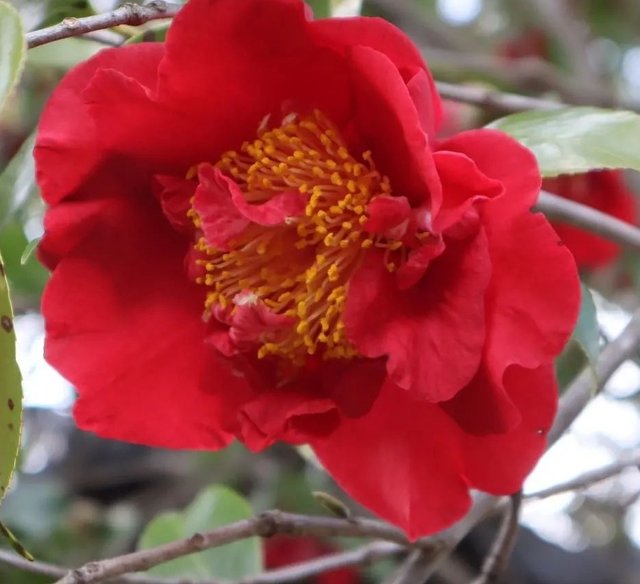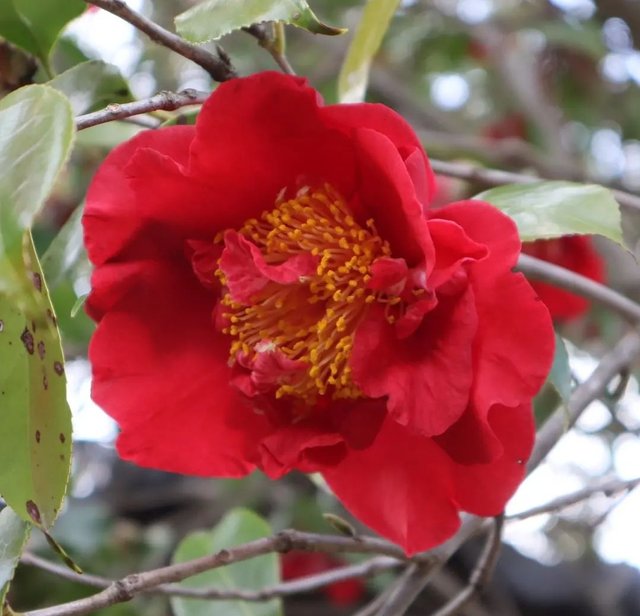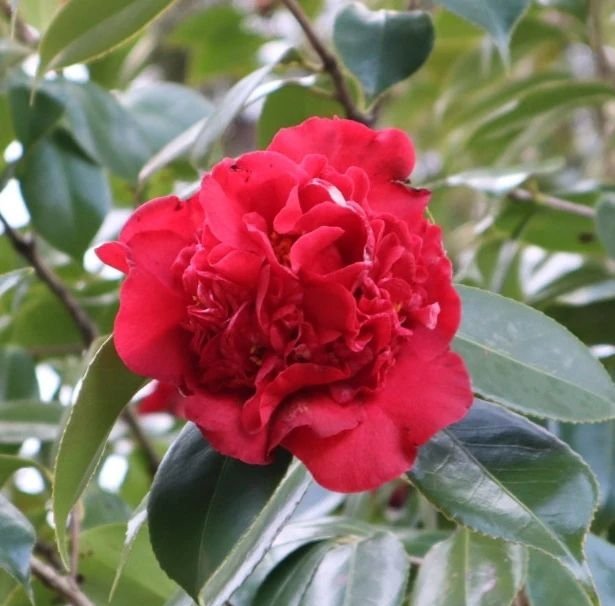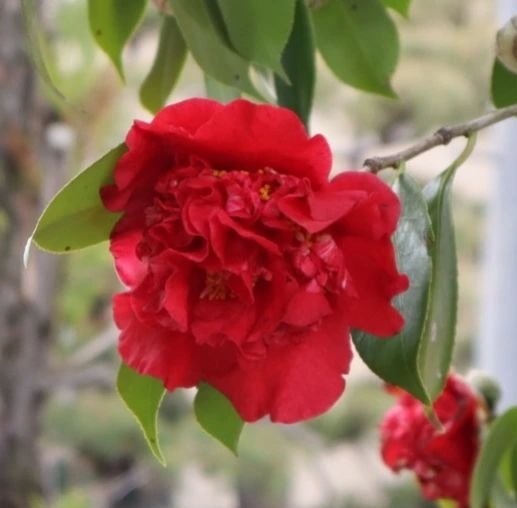Japanese Camellia Flower




The Japanese camellia, is a captivating flower deeply rooted in Japanese culture and tradition. With its striking beauty and rich symbolism, the camellia holds a special place in Japanese art, literature, and daily life.In Japanese culture, the camellia is associated with several symbolic meanings, including love, affection, and admiration. It is often considered a symbol of purity and longevity, making it a popular choice for weddings and other celebratory occasions. Additionally, the camellia is often depicted in traditional Japanese art forms such as paintings, poetry, and tea ceremonies, further cementing its cultural significance.
The Japanese camellia comes in a variety of colors, including shades of white, pink, red, and even yellow. Each variety possesses its own unique charm, from the classic elegance of the white camellia to the vibrant hues of the red and pink varieties. The flowers typically bloom in late winter to early spring, adding a burst of color to the winter landscape.One of the most famous varieties of Japanese camellia is the "Tsubaki," which is revered for its large, showy flowers and glossy, dark green foliage. Another popular variety is the "Yuletide," known for its bright red blooms that often appear around the holiday season, adding festive cheer to gardens and homes.
The camellia holds a special place in Japanese literature and folklore, often appearing in poems, stories, and myths. In Japanese mythology, the camellia is associated with the divine and is said to represent the spirit of a young girl who sacrificed herself for love.In addition to its symbolic significance, the camellia is also used in traditional Japanese medicine and skincare. Camellia oil, extracted from the seeds of the plant, is prized for its moisturizing and anti-aging properties, making it a popular ingredient in beauty products and cosmetics.
Gracias
